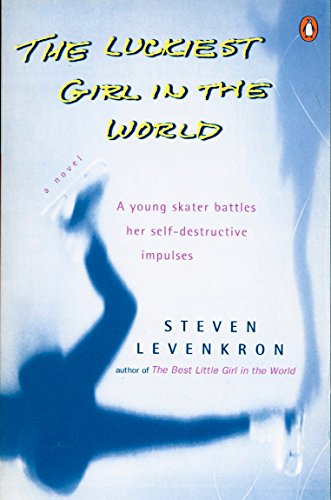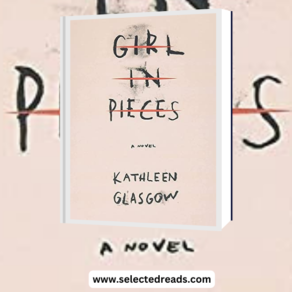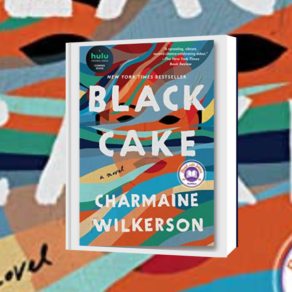I recently read “The Luckiest Girl in the World: A Young Skater Battles Her Self-Destructive Impulses” by Steven Levenkron. It was an incredibly moving exploration of adolescent mental health struggles, a topic of utmost relevance in today’s fast-paced world.
The book tells the tale of Katie Roskova, a seemingly perfect high-achiever. Katie is a popular, attractive student in a prestigious private school and a budding champion figure skater. However, behind this façade of perfection lies another Katie. She grapples with mounting pressures, be it her overbearing mother, an absent father, a demanding schedule, or classmates who remain blissfully unaware of her inner turmoil.
Unable to find a healthy outlet to express her distress, Katie resorts to self-mutilation. Levenkron brings to the fore an aspect of adolescent mental health issues that is often swept under the rug. Known as “a cutter” by her peers, Katie’s self-destructive behavior reflects her self-loathing and deep-seated self-doubt.
What truly stands out in Levenkron’s writing is his empathetic portrayal of this painful subject, reminiscent of his treatment of anorexia nervosa in his previous work, “The Best Little Girl in the World”. The novel offers a compelling narrative that meticulously unravels Katie’s distress, leading the reader through her life marked by despair and her triumphant journey towards recovery.
[Related: A Little Life Summary]
“The Luckiest Girl in the World” is not just a story of pain but also one of resilience and hope. Despite the heart-wrenching theme, the book fosters a sense of optimism. Katie’s journey to recovery serves as a beacon of hope for those dealing with similar struggles, showcasing the possibility of healing and the importance of seeking help.
As an educator, I found this novel to be an invaluable resource. It sheds light on the importance of understanding and addressing adolescent mental health issues. The narrative emphasizes the role of empathy, understanding, and professional help in overcoming such deep-seated personal battles.
For me, “The Luckiest Girl in the World” was not just a novel, but an exploration of a growing societal issue that necessitates attention. It’s a must-read for educators, parents, and adolescents alike – anyone who seeks to understand the complexities of adolescent mental health and the hidden cries for help that often go unnoticed.
The Luckiest Girl in the World Characters
“The Luckiest Girl in the World” by Steven Levenkron is a deeply poignant narrative that revolves around a small but significant cast of characters. These are the main characters in the book:
- Katie Roskova: Katie is the protagonist of the story. On the surface, she is a high-achieving, popular figure skater and student. However, she struggles with inner turmoil, which she hides from the world, and resorts to self-mutilation as a means of coping with her distress.
- Katie’s Mother: An overbearing figure in Katie’s life, she places enormous pressure on Katie to excel both academically and in figure skating.
- Katie’s Father: He is largely absent from Katie’s life, contributing to her feelings of isolation and abandonment.
- Katie’s Classmates: They represent the outer world that is oblivious to Katie’s inner struggles.
- Katie’s Therapist: This character plays a vital role in helping Katie recover from her self-destructive tendencies. They provide the support and guidance Katie needs to navigate her path to recovery.
Through these characters, Levenkron creates a nuanced and empathetic exploration of adolescent mental health issues, specifically self-harm, and the journey towards healing.
The Luckiest Girl in the World Book Club Questions
Here are some book club questions that might help guide your conversation:
- Katie Roskova appears to have a perfect life on the surface. Discuss how the book explores the difference between external appearances and internal realities.
- The book touches upon the theme of parental pressure and its impact on Katie’s mental health. How does the author portray this aspect? Do you agree with the portrayal?
- How does the absence of Katie’s father contribute to her struggles? How does the book portray the effects of parental neglect?
- Self-mutilation is a sensitive subject. How does Steven Levenkron handle this topic in the book?
- Discuss the role of Katie’s classmates in the narrative. How does their ignorance of Katie’s struggles reflect on societal understanding (or lack thereof) of mental health issues among adolescents?
- Katie’s therapist plays a crucial role in her journey towards recovery. How is the importance of professional help for mental health issues emphasized in the book?
- How does the book address the stigma associated with mental health issues and self-harm?
- How does the book portray the correlation between high achievement and mental stress? Do you think this portrayal is accurate?
- What are your thoughts on the ending of the story? Did you find it hopeful?
- How did this book change or reinforce your understanding of adolescent mental health and self-harm?
- Do you think this book can be an effective tool to open up conversations about mental health among young adults? Why or why not?
- Would you recommend this book to others? If so, who do you think should read it and why?
These questions should spark an engaging and meaningful discussion about “The Luckiest Girl in the World” and its central themes.
I hope you find The Luckiest Girl in the World summary helpful!







